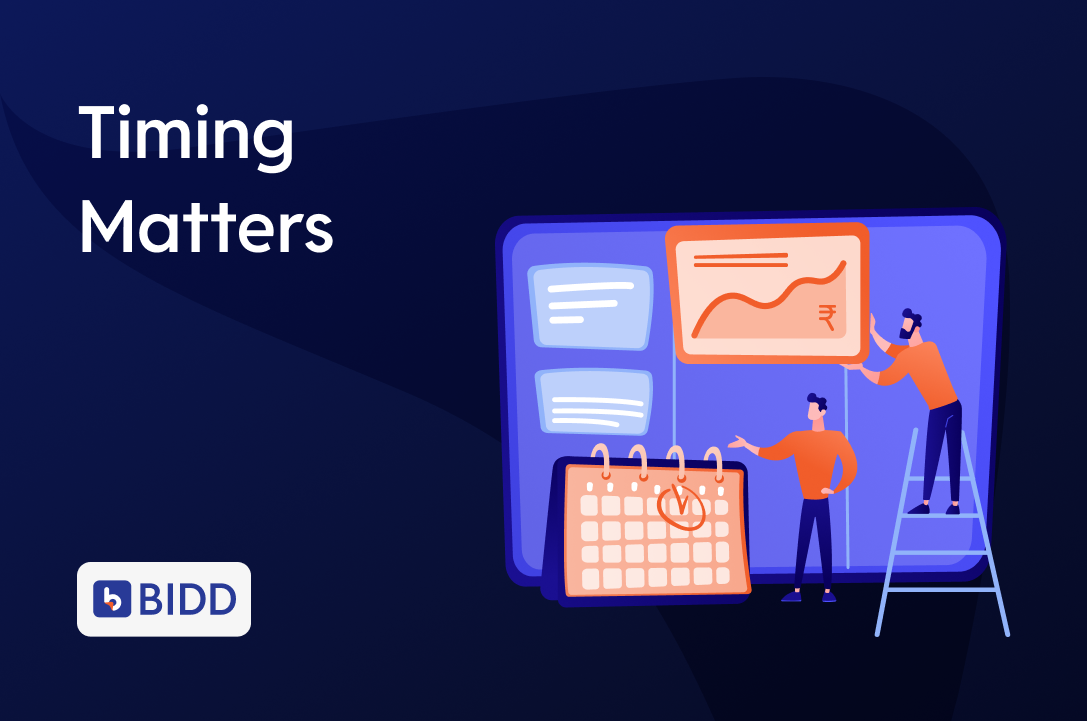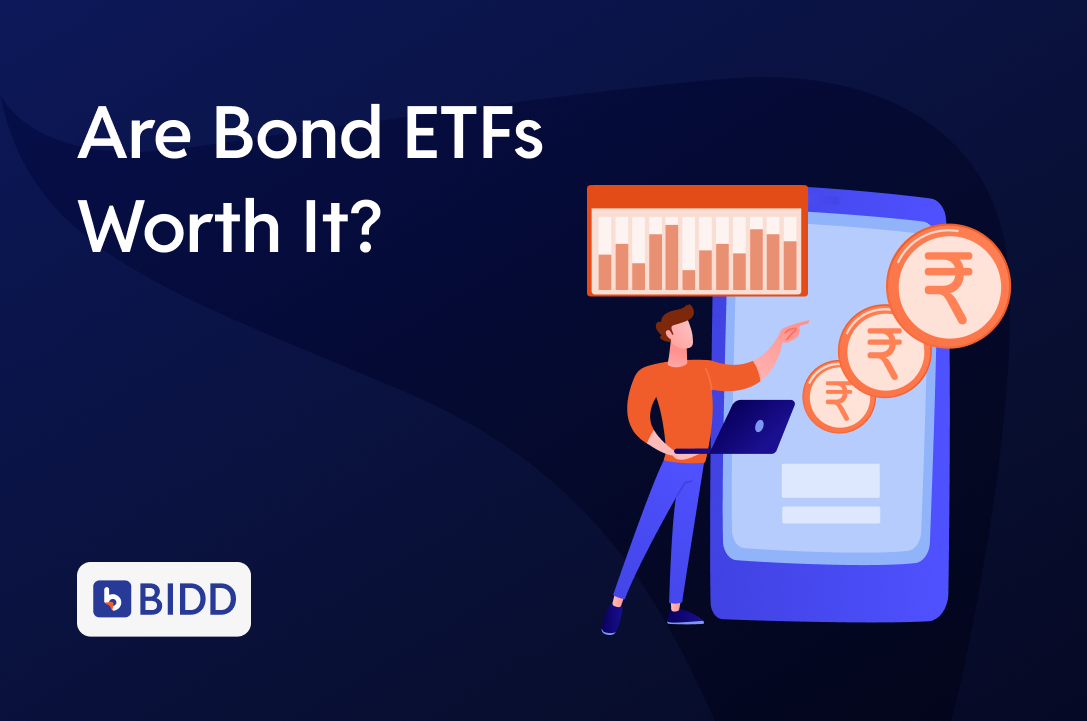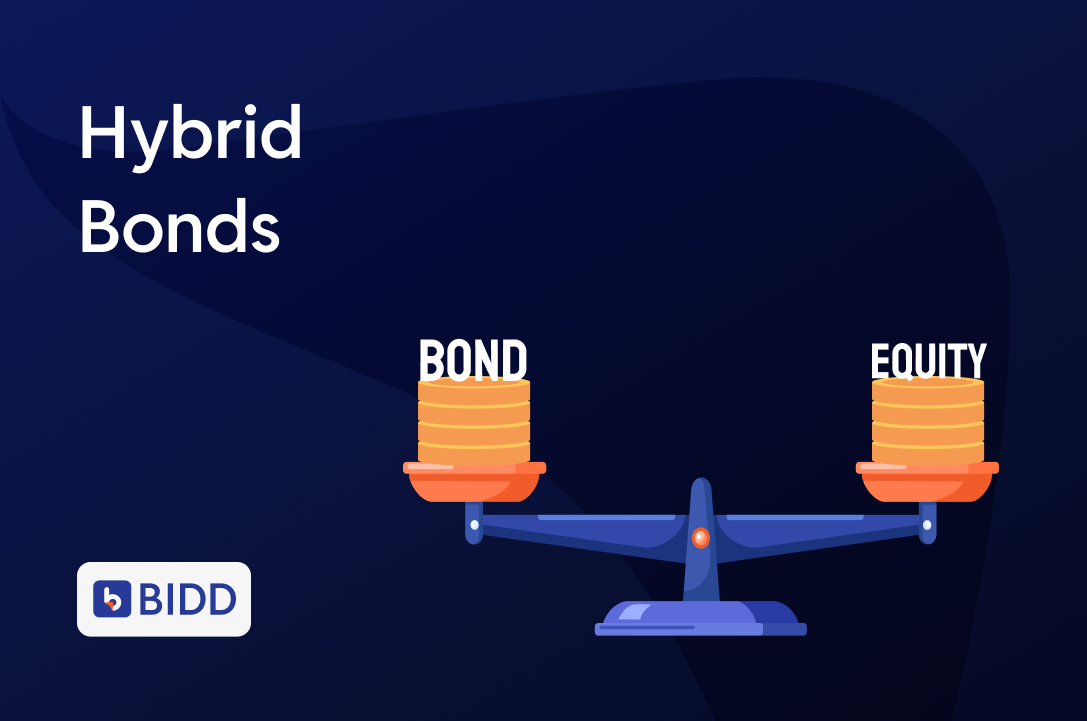Let’s Start with a Quick Question
If two bonds offer 10% interest, which one gives you more:
- One that pays once a year?
- Or one that pays every 6 months?
They might look the same on paper…
But in the real world, how often you receive that interest — also known as the coupon — can affect how much you actually earn.
Why? Because of a powerful concept called compounding — and the timing of cash flows.
Let’s break it down, clearly and simply.
What’s Coupon Frequency?
Coupon frequency refers to how often your bond pays you interest. The most common types are:
- Annual – Once a year
- Semi-Annual – Twice a year
- Quarterly – Four times a year
- Monthly – Every month
Now, imagine these three options:
- ₹10,000 interest once a year (Annual)
- ₹5,000 every 6 months (Semi-Annual)
- ₹2,500 every 3 months (Quarterly)
The total might be the same, but the timing of when you receive your money — and how you use it — impacts your actual returns.
Let’s See This in Action
Say hello to two bonds:
Bond A – Annual Coupon
- Face Value: ₹1,000
- Coupon Rate: 10% → ₹100 paid at the end of the year
Bond B – Semi-Annual Coupon
- Face Value: ₹1,000
- Coupon Rate: 10% → ₹50 every 6 months
If you let the money sit idle, both give you ₹100 in a year.
But if you reinvest the first ₹50 from Bond B at the same 10% for the next 6 months, it earns extra interest.
You end the year with slightly more than ₹100.
That’s compounding in action — and over time, it adds up.
Real-Life Example: ₹10 Lakh Investment
Let’s say you invest ₹10,00,000 in:
- Bond A (Annual) → ₹1,00,000 at year-end
- Bond B (Semi-Annual) → ₹50,000 every 6 months
If you reinvest that first ₹50,000 for 6 months at 10%, you earn ₹2,500 more.
That’s ₹1,02,500 in total — a 2.5% boost, just from smarter timing.
Now scale that:
- Over 5 years → ₹12,500 extra
- Over 10 years → ₹25,000 extra
And this doesn’t even account for inflation or market variations.
Why Should You Care?
Because frequency = flexibility + earning power.
When you receive interest more often:
- You get regular cash flows
- You can reinvest sooner and earn more
- You can match payouts with expenses like EMIs or rent
For income-seeking or retired investors, quarterly/monthly coupons offer reliable inflows.
For long-term investors, reinvesting those payouts — even into FDs or other bonds — helps quietly enhance returns.
Quick Recap: How Coupon Frequency Affects Returns
| Feature | Annual | Semi-Annual | Quarterly | Monthly |
| Payouts per year | 1 | 2 | 4 | 12 |
| Cash Flow Frequency | Lowest | Moderate | High | Very High |
| Reinvestment Potential | Low | Medium | High | Highest |
| Effective Return | Lower | Slightly higher | Even higher | Highest |
The more frequent the payout, the more opportunities your money has to grow.
Myth Buster
“10% coupon means 10% return.”
True only if you don’t reinvest. If you do, higher frequency increases your effective yield.
“Monthly coupons are always better.”
They can be, especially for reinvestment or regular income. The difference might seem small, but it’s real.
“Frequency doesn’t matter much.”
Even a 0.5% difference becomes meaningful over time — especially for large amounts or long durations.
Final Thoughts
Don’t just ask what the coupon rate is.
Ask:
“How often do I get paid?”
“What can I do with that money in between?”
Whether you want steady income or long-term gains, coupon frequency can influence your returns more than you think.
And with platforms like Bidd, you can filter and compare bonds by frequency — making smarter investment decisions with ease.
Because in bond investing, it’s not just what you earn —
It’s when you earn it that truly matters.




